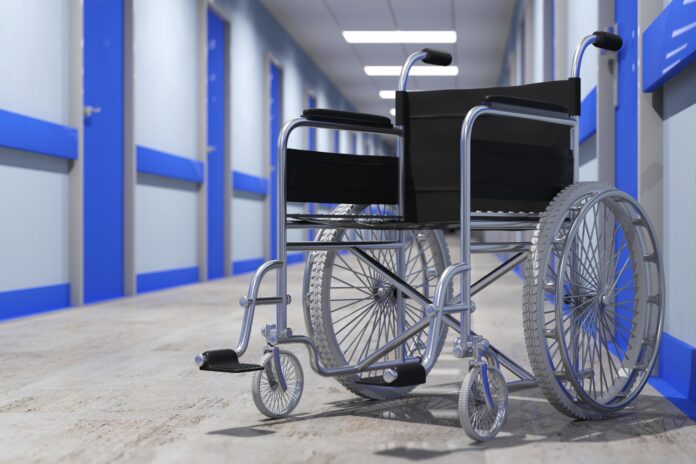Disabled people made up six in 10 of all deaths involving Covid-19 in England up to November 2020 – with the risk of death three times greater for more severely disabled people.
Figures released from the ONS this morning show that the risk of death involving the coronavirus was 3.1 times greater for more-disabled men and 1.9 times greater for less-disabled men, compared with non-disabled men; among women, the risk of death was 3.5 times greater for more-disabled women and 2.0 times greater for less-disabled women, compared with non-disabled women said the ONS.
No single factor, said the report, explains the considerably raised risk of death involving COVID-19 among disabled people, and place of residence, socio-economic and geographical circumstances, and pre-existing health conditions all play a part.
An important part of the raised risk is because disabled people are disproportionately exposed to a range of generally disadvantageous circumstances compared with non-disabled people.
Meanwhile, with people with a medically diagnosed learning disability, the risk of death involving COVID-19 was 3.7 times greater for both men and women compared with people who did not have a learning disability; after using statistical models to adjust for a range of factors, a raised risk of 1.7 times remained unexplained for both sexes.
Responding to the figures, Mehrunisha Sulem
‘COVID-19 has had an unequal impact on disabled people who have been among the hardest hit in terms of deaths from the virus. Worryingly, today’s data confirms this trend, showing that 6 out of 10 people who have died with COVID-19 are disabled.
‘Today’s figures clearly show that current measures to protect disabled people are not enough and that there is an urgent need for more and better support. Disabled people are more likely to have one or more long-term health conditions, which means they are at greater risk of suffering severe symptoms if they get COVID-19.
‘However, as well as protecting disabled people from exposure to the virus, measures must account for the potential negative effects of lockdown and shielding. A significant number report that, due to lockdown, their health care needs are not being fully met or that they had treatment cancelled or delayed. Further action should include careful review of the support that is available to disabled people so they can access the care and essential services they need at home. It is also crucial that employment policy ensures that more disabled people get the support they need to work from home.
‘The high number of COVID-19 deaths among disabled people ultimately reflects wider failures in how the UK supports those who are vulnerable. Addressing this will require the government to address the major and long-standing inequalities that the pandemic has highlighted.’







